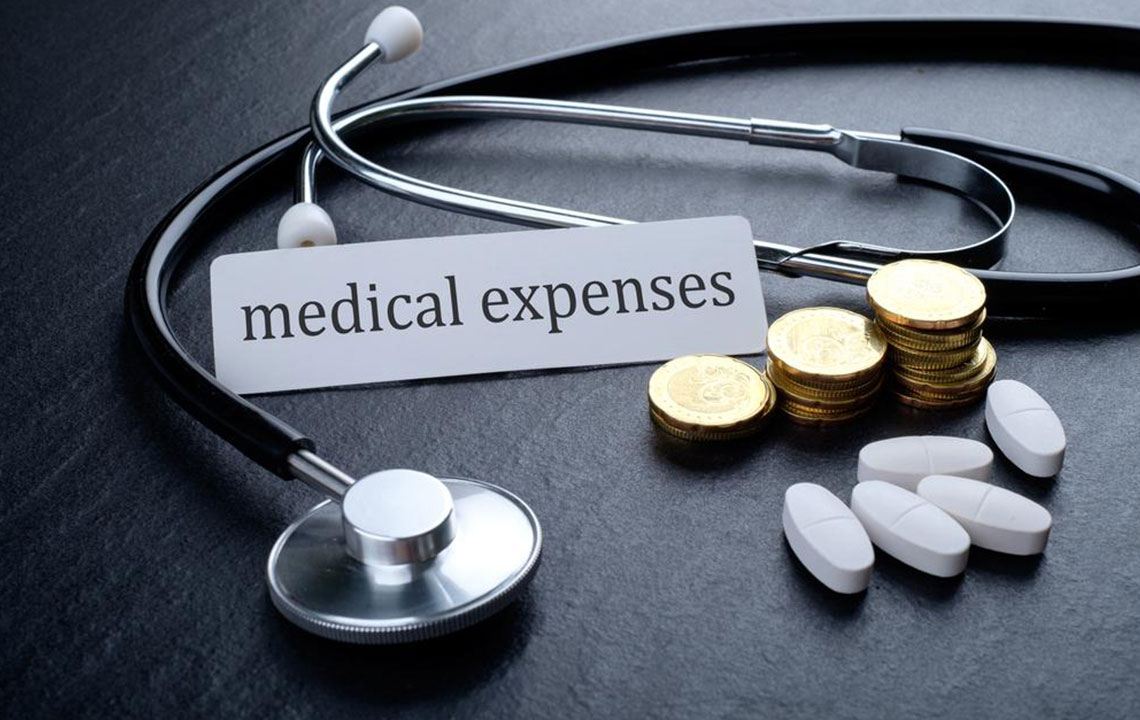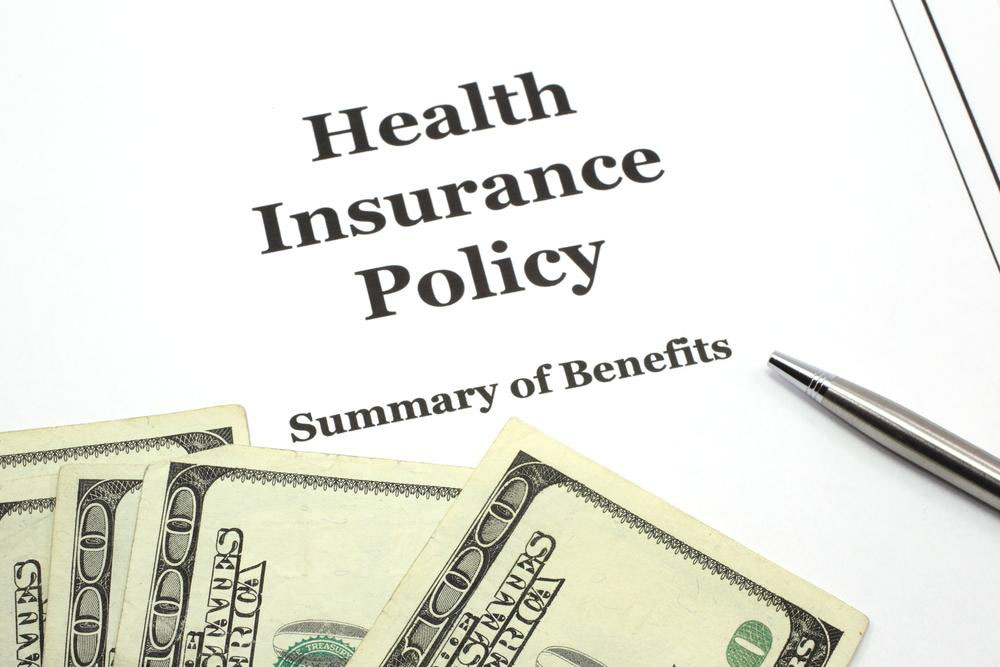5 Essential Tips for Finding Affordable Health Insurance
Discover five key steps to find affordable health insurance tailored to your needs. Learn how to evaluate plans based on network, costs, and coverage, ensuring you choose the best option for your family's health and budget. This guide simplifies the process of comparing different insurance plans, helping you make informed decisions that promote a healthy lifestyle and financial stability.
Sponsored

Rising healthcare costs make it challenging for individuals to select cost-effective medical insurance plans. Many struggle to find affordable options that provide adequate coverage. Without suitable health insurance, you risk missing out on important medical and financial benefits.
To choose the best coverage for your medical needs, follow these five crucial steps.
Determine Your Market
Most people obtain health insurance through their employers. If you have employer-sponsored coverage, you may not need to explore government exchanges or marketplaces.
Your employer acts as your primary marketplace. However, if you seek alternatives, numerous plans are available on insurance exchange platforms. Keep in mind, marketplace plans tend to be more expensive than employer-sponsored options. If your employer doesn’t provide health coverage, explore various online options and compare them carefully before making a decision.
Perform Thorough Comparisons
While researching, you will encounter diverse plan types, including POS, EPOs, PPOs, and HMOs.
Review each plan’s benefits summary, usually accessible via links or near plan titles on online platforms. Check provider directories for details on doctors and clinics within each network. Consider your family’s medical history and ongoing treatments. Understanding your past medical trends can help you make an informed choice, even though predicting emergencies is impossible.
Prioritize Network Comparisons
Choosing in-network providers significantly reduces costs. Many insurers charge lower rates for in-network doctors, while out-of-network visits can be costly. Confirm if your current physicians accept the plans you’re considering. If not, look for plans with extensive provider networks to increase your options. Plans lacking local in-network providers should be re-evaluated.
Evaluate Out-of-Pocket Expenses
Alongside networks, understanding cost-sharing details is essential. Benefits summaries typically outline the out-of-pocket costs for services. Key terms include deductible, coinsurance, and copayments. A deductible is the amount paid before insurance covers costs; coinsurance is your percentage share after meeting the deductible; copayments are fixed fees per visit. Generally, lower premiums mean higher out-of-pocket costs, so weigh these factors carefully.
Review Coverage Details
Once narrowed down, examine the specifics of each plan’s benefits. Some plans emphasize emergency services, mental health coverage, or physical therapy. Ensure the plan aligns with your family’s particular needs. If uncertain, contact customer service of reputable insurers for clarification. This step helps you select a comprehensive, suitable plan for a healthier lifestyle.
Following these steps will guide you toward identifying an affordable, comprehensive health insurance plan that safeguards your well-being and finances.






